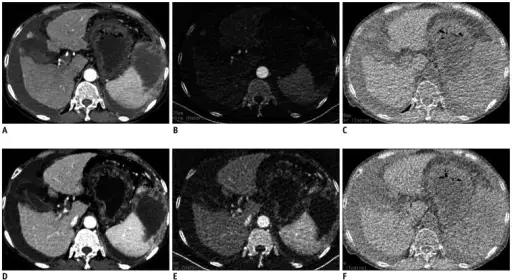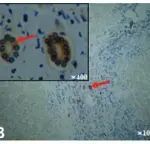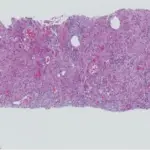Cirrhosis is a condition where the liver is severely scarred and permanently damaged.
What is the Pathology of Cirrhosis?
The pathology of cirrhosis is:
-Etiology: There are multiple cause of cirrhosis which include chronic alcohol abuse, viral hepatitis, diabetes, obesity, hemochromatosis, nonalcoholic fatty liver disease, and cystic fibrosis.
-Genes involved: None.
-Pathogenesis: The sequence of events that lead to cirrhosis involves inflammation, hepatic stellate cell activation, angiogenesis, and fibrogenesis.
-Histology: The histology associated with cirrhosis shows vascularized fibrotic septa that link portal tracts with each other and with central veins, leading to hepatocyte islands that are surrounded by fibrotic septa and which are devoid of a central vein.
How does Cirrhosis Present?
Patients with cirrhosis typically affect males present at the age range of 35-55. The symptoms, features, and clinical findings associated with cirrhosis include bruising and bleeding, jaundice, edema, itchy skin, nausea, vomiting, ascites, confusion, difficulty thinking, menopause, and gynecomastia.
How is Cirrhosis Diagnosed?
Cirrhosis is diagnosed by doing a physical examination, blood test, biopsy and CT, MRI.
How is Cirrhosis Treated?
Cirrhosis is treated with Actigall, Urso, and diuretics. Liver transplants may be necessary.
What is the Prognosis of Cirrhosis?
The prognosis of cirrhosis is poor with the risk of mortality up to 70%.



